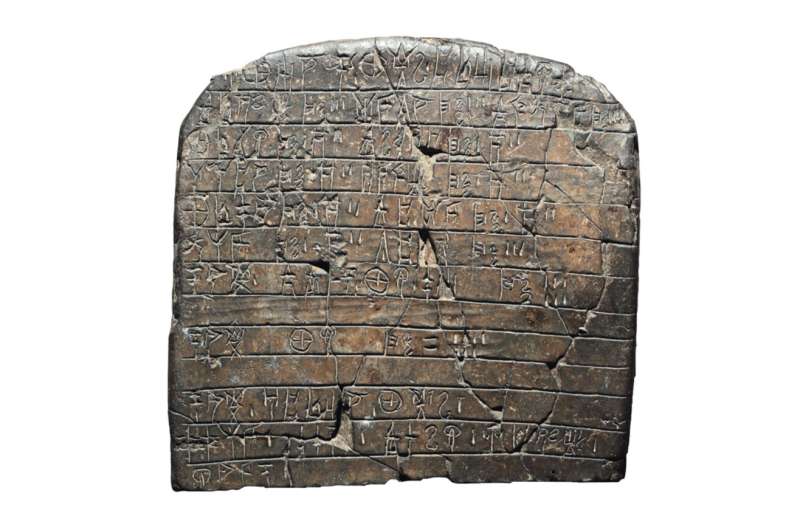Discover the captivating story of how a retired Classics professor from Texas uncovered the secrets of the ancient Greek Mycenaean language. Learn how his collection of papers, now donated to the University of Cincinnati, chronicles the decades-long effort to decipher the Linear B script, a feat once considered the ‘Mount Everest of Greek archaeology’.

Unlocking the Mysteries of Linear B
The donation of a retired Classics professor’s collection to the University of Cincinnati has shed new light on the deciphering of the ancient Greek Linear B script. This language, dating back to 1400 B.C., had baffled scholars for generations, until a coordinated effort led to its translation.
The collection, donated by Professor Emeritus Thomas Palaima from the University of Texas at Austin, includes boxes of documents, correspondence, files, and photos that chronicle the painstaking work of scholars like Alice Kober and Emmett Bennett Jr. in cracking this linguistic enigma. Their efforts, combined with the contributions of English architect Michael Ventris and code-breaker John Chadwick, eventually led to the groundbreaking discovery that Linear B was a form of ancient Greek.
Piecing Together the Mycenaean Puzzle
The decipherment of Linear B was a collaborative effort that spanned decades and involved scholars from various disciplines. Archaeologists like UC Classics Professor Carl Blegen played a crucial role by discovering more than 600 tablets inscribed with the mysterious script while excavating the Palace of Nestor in Pylos, Greece.
These tablets provided valuable clues that helped linguists like Kober and Bennett decipher the language. Kober’s meticulous cataloging of the Linear B symbols and her observation of grammatical patterns, such as declensions, laid the foundation for the eventual translation. Meanwhile, Ventris and Chadwick, drawing on their experience in code-breaking, were able to make the final breakthrough and determine that Linear B was an early form of Greek.
Uncovering the Mycenaean Way of Life
The deciphering of Linear B has not only unlocked the secrets of the Mycenaean language but has also provided a unique window into the lives and practices of the ancient Mycenaean civilization. The texts found on the tablets are primarily administrative in nature, recording details of international trade, imports, exports, and the management of resources such as flocks and herds.
Palaima, the Classics professor who donated the collection, notes that these texts do not contain any literary works or personal correspondence, but rather serve as practical records that offer insights into the Mycenaean way of life. From the names of chariots and armor to the details of feasting and the management of livestock, these documents offer a glimpse into the intricate economic and social structures of the Mycenaean world during the Bronze Age.
